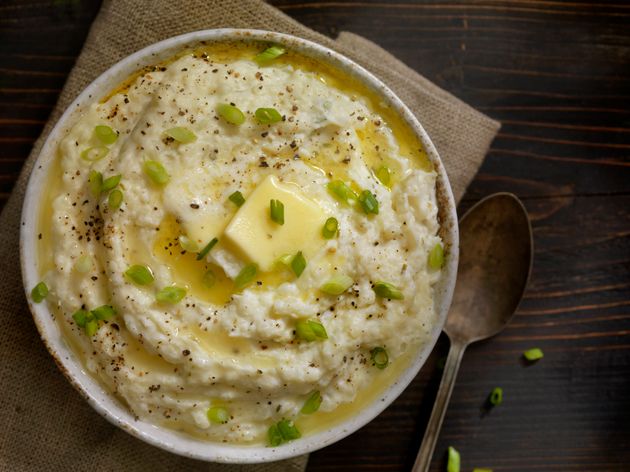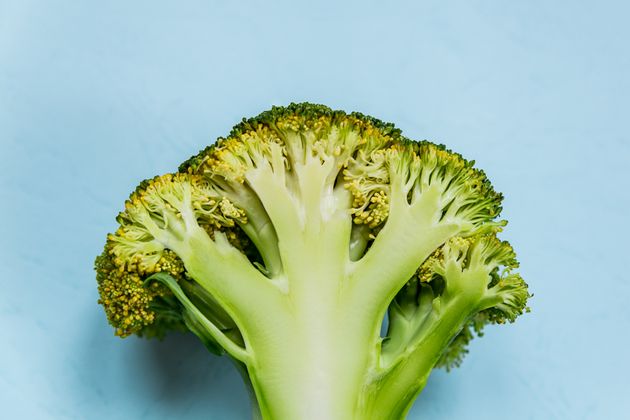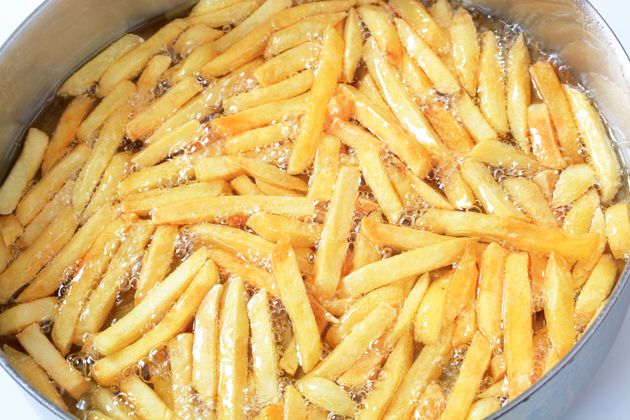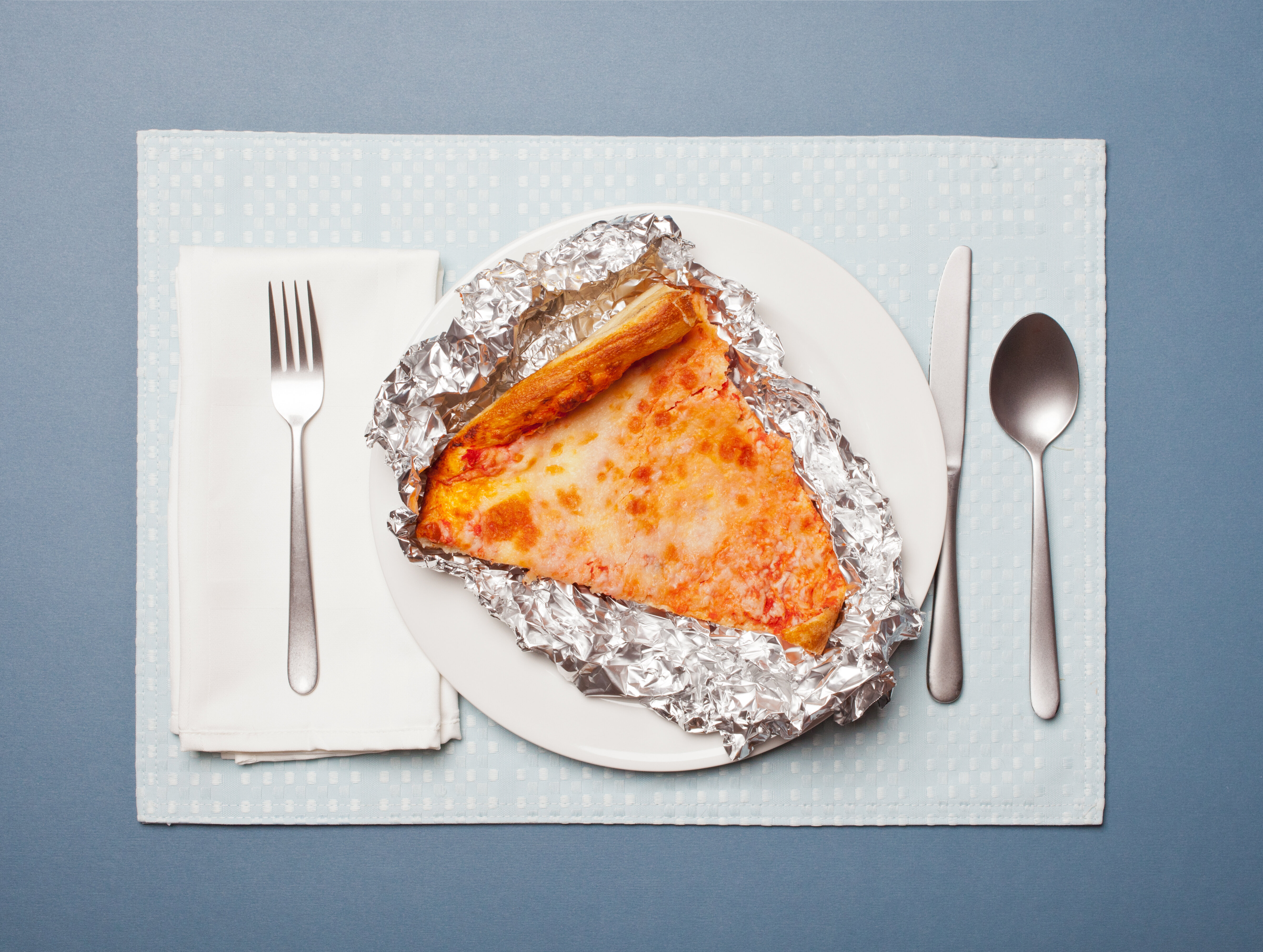
When hunger strikes at home, the average person opens the fridge, pulls out some leftovers and nukes them in the microwave. This’ll do the trick to end your cravings, but if you’re thinking that food has the same nutritional value as it did the first time around, you could be wrong.
That’s because certain foods don’t retain their nutritional value when heated a second time.
According to board-certified nutritionist Serena Poon, “The more you reheat and refrigerate your food, the more chances you have for bacteria growth and nutrient, flavour and texture loss.” Though many foods many initially lose some of their nutrients upon being cooked the first time, additional reheatings only further weaken the presence of those nutrients.
Abigail Phillips, a registered dietitian at Children’s Hospital & Medical Center in Omaha, Nebraska, notes that the perils of reheating foods depend on their composition. “Generally, the greatest change is losses of water soluble vitamins,” she explained. “Vitamin C and B vitamins are especially sensitive to heat, so reheating after already cooking once may increase losses.”
That being said, the dietitian is quick to point out that if warming up healthy foods is the best way for someone to maintain a balanced diet, “then the benefits of getting all of the other nutrients from those foods outweighs the risk of losing some.”
Which is all to say: If you can cook fresh food for every meal, more power to you. If you can’t, reheating leftovers might be better than takeout options. You’ll just want to keep in mind that the following six foods might not be as healthy a second time around.
1. Broccoli
Studies have proved that vegetables containing water-soluble vitamins like vitamin C actually lose some of their nutritional value when cooked. Broccoli falls squarely into that category, containing 132 mg of vitamin C per serving, which is well over your daily recommended amount. But the green vegetable also suffers from a loss in folate when reheated. “Folate helps the body form healthy red blood cells and can reduce the risk of neural tube defects in unborn babies,” Phillips explained. “Folate is also very sensitive to heat and can be destroyed with reheating.”

2. Potatoes
A potato cooked any which way is always delicious ― even when reheated. But the tuber is also high in vitamin C, which may surprise you. According to studies, a 5.2-ounce potato (white or red) provides about 27 mg of vitamin C (45% of the required daily value), qualifying it as an “excellent source” of the vitamin. (In comparison, sweet potatoes boast about 3.2 mg of vitamin C, which amounts to 5% of the required daily value.) So just like broccoli, you’ll lose some of a potato’s nutritional potency when recooking it.
3. Cooked eggs
Hard-boiled eggs are one of the few foods that actually taste pretty good without being reheated. We understand that some people prefer their food to be warm, but eggs really shouldn’t be part of that practice. First of all, microwaving a hard-boiled egg might lead to a dangerous explosion, so certainly stay away from that. But secondly, according to a recent study, “domestic cooking tended to reduce the antioxidant activity of eggs,” no matter which type of cooking method was employed (boiling, frying, baking). It follows, then, that reheating the food will likely compound that effect.
If you’re wondering what kinds of antioxidants are found in eggs, yolks actually contain two very important antioxidants for the health of your eyes ― lutein and zeaxanthin, which protect the eyes from harmful sunlight and significantly reduce the risk of macular degeneration and cataracts.
4. Vegetable oil
There are a few things you should know about vegetable oils, a category of products that includes olive oil, avocado oil, soybean oil and more. “They contain unsaturated fatty acids,” Phillips explained. “When exposed to heat and allowed to cool multiple times, these heart-healthy fats begin to form different bonds and can translate into fatty acids, which increase inflammation in the body and can eventually lead to things like heart disease.” An example to keep in mind: Fast-food joints that constantly fry their foods in the same bucket of oil, without changing it, are probably serving you less-than-healthy fare.

A note about butter: Although it’s not a vegetable oil, it is also a liquid fat whose chemical composition may change upon reheating and therefore lead to the production of trans fats. So if you are using butter to fry your food, be sure to invest in a fresh stick of it.
5. Fish
If you eat fish to compensate for anaemia or a B6 deficiency, take heed. Fish (particularly yellowfin tuna and sockeye salmon) contains pyridoxine (also known as B6), which is used to treat a certain type of anaemia and B6 deficiencies. But pyridoxine is very sensitive to heat, and when the fish loses its water content upon reheating, pyridoxine is further leached out of the fish.
6. Vegetables that are high in nitrates
Vegetables likes celery, beets, carrots and any sort of leafy green are actually very high in nitrates, chemicals that are interestingly both beneficial and dangerous to our health. “Cooking foods with nitrates at high heat can turn them into nitrosamines, which are known carcinogens,” Poon explained. It follows, then, that reheating the veggies must be done with a lot of caution. “Eat these foods raw or cook them only once at a medium level,” Poon advised.
A few years ago, the European Food Information Council released a warning against the potential dangers of reheating spinach. The council argued that, although the high concentrations of nitrates that can be found in spinach and other leafy vegetables aren’t dangerous on their own, they can be converted to carcinogenic nitrites and nitrosamines when reheated. There are, however, ways to counter the problem ― by perhaps blanching the veggies first, a cooking process that allows for the removal of some nitrates.


